Legislation
Natural colours are covered by EU/UK Additives legislation 1333/2008 and further directives such as Regulation (EU) No 231/2012 which sets out purity criteria to ensure safe use of the colour product.
If the natural colour follows the purity criteria then they can be granted the use of the corresponding E-Number. This goes for the colouring component on its own, and further carriers and additives are permitted in the colour product. If the colour can use an E-number this will be stated in the product specification provided by Kanegrade.
It is a common misconception that E-numbers are bad and unfortunately natural colours have E-numbers in a similar way that artificial colours have E-numbers, within the range of E100 to E199. However a valid E-number should be seen as a verification that a product falls within safe purity criteria and has been rigorously tested and deemed safe by the European Food Safety Authority (EFSA).
The legislation for colour products is constantly evolving, and our regulatory team monitors changes and alerts our customers to any concerns.
Get in touch today if you’d like to discuss any regulatory questions regarding the use of colours.


